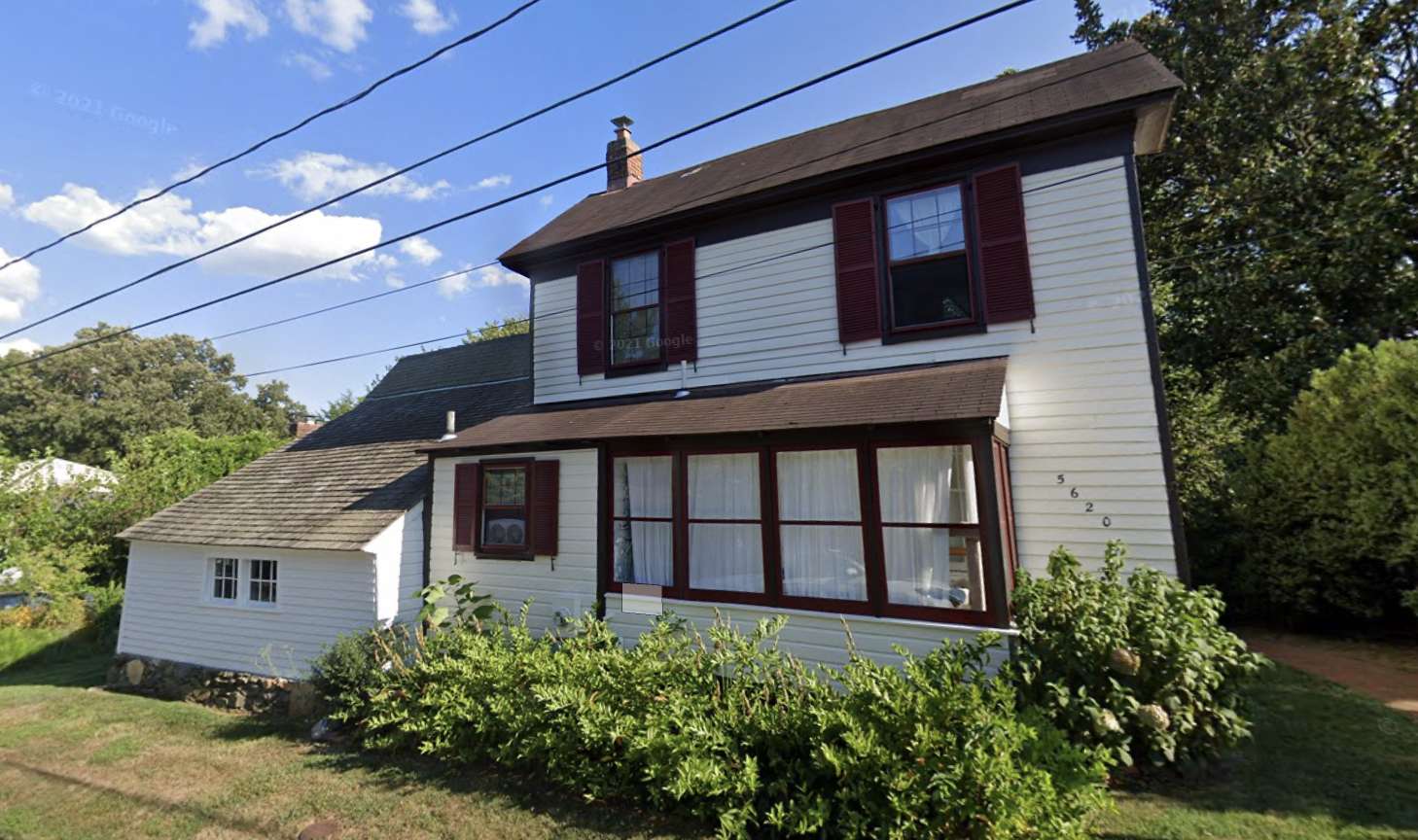
Bronze plaques dubbed “stumbling stones” will honor the lives of three people once enslaved in what is likely Arlington’s oldest house, the Ball-Sellers House.
The three commemorative markers are the first of their kind and will be the subject of a dedication event later this month. The event will be held at 11 a.m. on Saturday, Oct. 28, at the Ball-Sellers House (5620 3rd Street S.), which is now a free museum.
The markers remember a woman named Nancy and two unnamed men who were enslaved by the Carlin family, which lived in the house from 1772 to 1887. The Carlins are the namesake for Glencarlyn, one of Arlington’s oldest neighborhoods, in which the Ball-Sellers House is located.
The Arlington Historical Society (AHS) found records of these three enslaved people while combing through historical records. This effort is part of an ongoing project to uncover the lives and restore the humanity of enslaved people.
The project, dubbed Memorializing the Enslaved in Arlington, 1669-1865, is led by AHS Board Member Jessica Kaplan, with help from volunteers and support from the Black Heritage Museum of Arlington,
“Few records exist in Arlington that document enslaved individuals, and even fewer that provide names,” the historical society said in a release. “Yet, after two years of research, Memorializing the Enslaved in Arlington has shed light on these early Americans, and many others, who contributed so much to the economic, social, and cultural development of our county.”
Black Heritage Museum Director Scott Taylor tells ARLnow the museum believes “it is vital and important having these plaques around” Arlington.
“I just know it will make us a better and healthier community as we recognize those unsung heroes who had a stake filled with blood, sweat and tears in efforts to making us triumphant,” he said.
One of the memorialized slaves is Nancy, who was born around 1775 and died between 1835-38. As an older woman, Nancy “waited on” her enslaver, Elizabeth Carlin, from the 1820s until Elizabeth died in 1834, according to probate records AHS reviewed.
Elizabeth was the wife of William Carlin, who bought the Ball-Sellers House from the estate of John Ball in 1772. She also enslaved one of the unnamed men who will be memorialized.
The second unnamed man was enslaved by Letitia Carlin, the widow of James Carlin, one of William’s sons, per census records from 1850 AHS reviewed. For the two enslaved men, only their birth years are known, circa 1806 and in 1844, respectively.
While Nancy and the two unnamed men were identified through probate and census records, others could have come and gone between census years, Kaplan says.
“[The Carlins] could have hired many enslaved people which was common but the records don’t exist to tell us about it,” she tells ARLnow.
As for the plaques honoring them, AHS made a point of involving Arlington Public Schools teachers and students. Career and Technical Education teachers helped design the plaques and students at Arlington Tech and Washington-Liberty High School will make them, Kaplan said.
“Students… will be cutting the bronze for the Ball-Sellers House plaques, engraving them, mounting them on hand poured concrete pillars and helping put them into place at Ball-Sellers,” she said. “All the students involved have learned about the three enslaved people they are making the plaques for and given an overview of slavery in Arlington.”
The plaques are based on the “stolpersteine” or stumbling stones, created in Europe to honor Holocaust victims, Kaplan said.
Memorializing the Enslaved, which began nearly two years ago, consists of a detailed spreadsheet of enslaved Arlington residents and their enslavers as well as a browsable map of where they lived.
The little information available on enslaved people — such as names, birth and death dates or identifying descriptors — was cobbled together from probate, census and property records as well as sales and transfers recorded in local newspapers.
The project also includes a timeline of slavery in Arlington and stories of eight enslaved families and individuals. This body of work has inspired lesson plans for elementary middle and high school students, written by current and retired APS teachers to be used this year, Kaplan said.
Right now, Kaplan says a volunteer is combing the 1830 census and will next tackle the 1840 and 1850 censuses. Eventually, the project will link names to unique descriptions of enslaved individuals, so users can trace a single person through multiple events.
Kaplan aims to one day share the data with Enslaved.org, which has compiled a large group of records on slavery in America.
She says she is discussing the possibility of getting other plaques placed throughout Arlington with county government.
“There are over 70 sites [where] we want to put plaques,” she said. “So far, the project has run on grants from Virginia Humanities and JBG Smith Cares. We’ll see about funding moving forward.”

